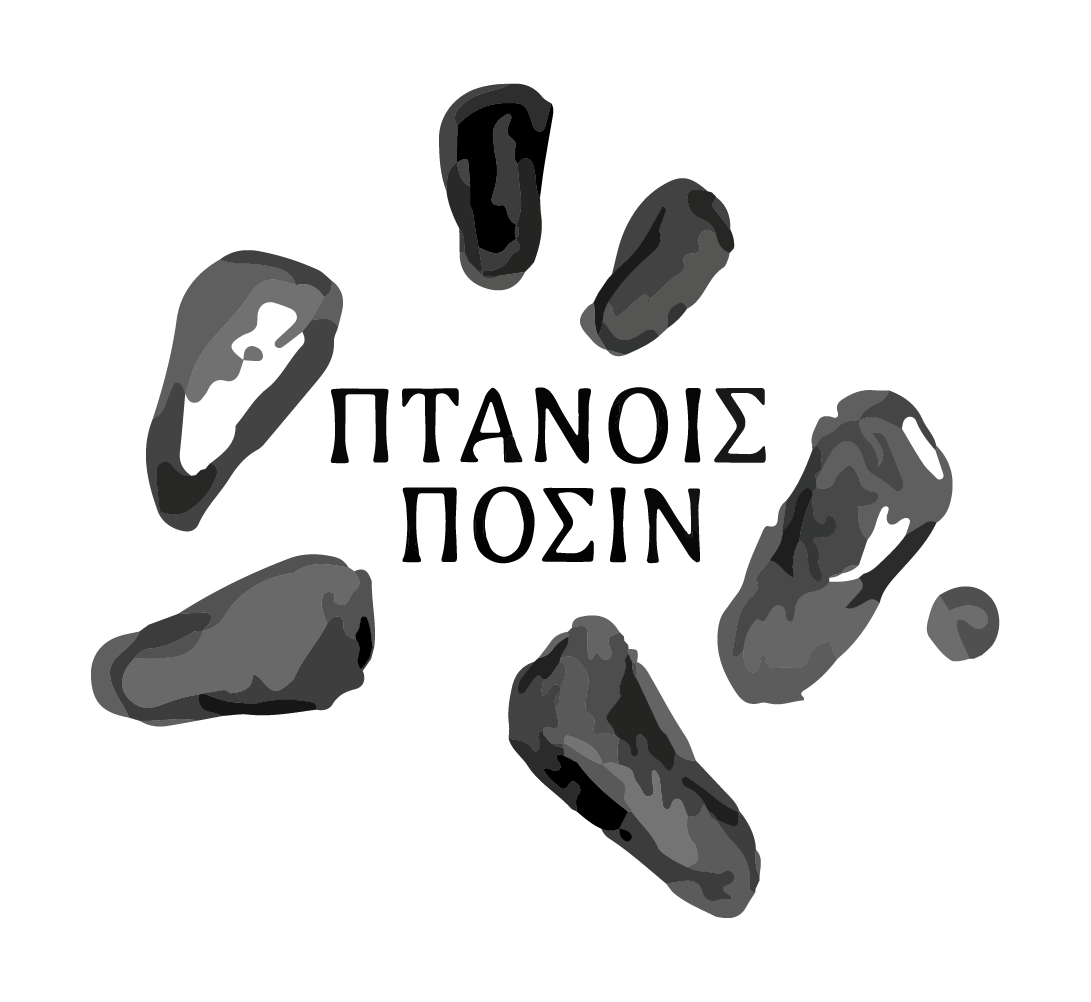IG XI 4, 575
Menalkes from Athens, the son of Speuson: κιθαρῳδός
Date:
270-250 BC
Edition:
[ – – – – – – εἶπεν· ἐπει-]
δὴ Μενάλκης ἀνὴρ ἀγαθὸς ὢν διατε-
λεῖ περί τε τὸ ἱερὸν καὶ τὸν δῆμον
τὸν Δηλίων· δεδόχθαι τῆι βουλῆι
5 καὶ τῶι δήμωι· εἶναι Μενάλκην
Σπεύσωνος Ἀθηναῖον πρόξε-
νον καὶ εὐεργέτην τοῦ τε [ἱε]-
ροῦ καὶ Δηλίων καὶ αὐτ[ὸν καὶ]
[ἐκγόνους κ]αὶ εἶν[αι αὐτοῖς – – – ]
Translations (en):
“… proposed: since Menalkes continues to be an honorable man towards the
sanctuary and the people of Delos: it is resolved by the boule and the demos,
that to Menalkes shall be recognized the status of proxenos and benefactor of the sanctuary
and of the Delians, for himself and his descendants, and they shall have …”
Translations (it):
“… propose: poichè Menalkes continua ad essere benevolo verso il santuario e il
popolo dei Delii: è sembrato bene al consiglio e all’assemblea che Menalkes figlio
di Speuson di Atene sia prosseno ed evergete del santuario del Delii sia lui sia
i suoi discendenti e sia a loro …”
Commentary (en):
In the mid-third century BC, the κιθαρῳδός Menalkes from Athens was one of several artists performing along the loci Apollinei route (Delos-Delphi).
If the restoration of the patronymic is right, we find him in the same period in Delos receiving the proxeny for unknown reasons (IG XI 4, 575). He was granted by Delphi praise and laurel crown for performing at the Amphictyonic Soteria and also for taking part in an ἄλλος ἀγών, which he dedicated to the god and to the Amphictyons (FD III 4 361). The two artistic appointments of this Athenian κιθαρῳδός attested in the Delphian decree seem to be confirmed by the catalogue of the Soteria of the same year:
Nachtergael 1977: 416–419 n8, ll. 35 (performance in the χοροὶ ἀνδρῶν); l. 82 (hors-concours performance together with the αὐλητής Boiskos).
The supplementary piece performed once the competition was over, within the rest (ἄλλος) of the ἀγών could be interpreted as a performance delivered without other competitors in the same specialty, yet still with the spirit of competition (ἀγωνίζομαι). The Delphian decree of this multi-talented artist seems to be the earlier testimony of a formula indicating a hors-concours occasion of demonstrations with spirit od competition which became a common practice in Delphi between the middle-of-the-second and the first decades of the first centuries BC.
Commentary (it):
A metà del III secolo a.C., il κιθαρῳδός Menalkes di Atene fu uno dei vari artisti che si esibirono lungo l’itinerario dei loci Apollinei (Delo-Delfi).
Se la restituzione del patronimico è corretta, egli ricevette la prossenia a Delo per ragioni ignote. La città di Delfi gli tributò la lode e la corona d’alloro per essersi esibito ai Soteria Anfizionici e per aver preso parte ad un ἄλλος ἀγών, che dedicò al dio e agli Anfizioni. I due riconoscimenti artistici di questo κιθαρῳδός ateniese attestati nel decreto delfico sembrano confermati dal catalogo dei Soteria dello stesso anno: esibizione nei χοροὶ ἀνδρῶν; esibizione fuori concorso insieme all’αὐλητής Boiskos. La pièce supplementare offerta a competizione già terminata, durante un’altra competizione (ἄλλος ἀγών) può essere interpretata come una performance offerta senza altri concorrenti nella stessa specialità,
anche se con spirito di competizione (ἀγωνίζομαι). Il decreto delfico per questo artista eclettico sembra testimoniare per la prima volta una formula che indica un’occasione competitiva fuori concorso, che divenne pratica comune a Delfi tra la metà del secondo secolo a.C. e i primi decenni del primo secolo a.C.
Bibliography:
For a detailed analysis of this artist and the testimonies concerning him and the Delphian practice of performances with spirit of competition, see Cinalli 2014.



